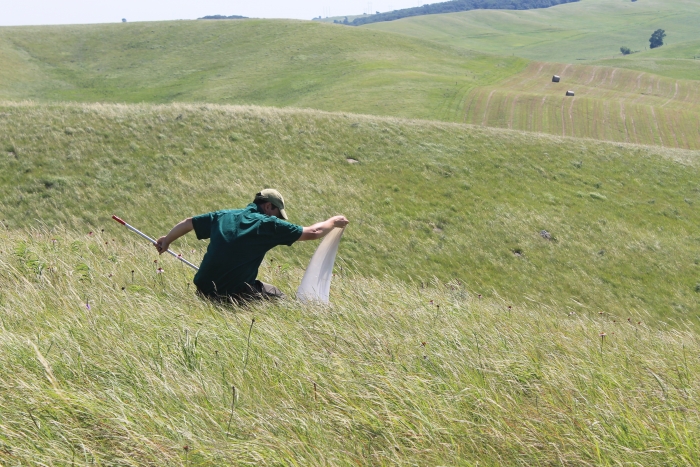Minnesota Zoo‘s Conservation Department is preparing for an active field season ahead to help the state’s wildlife. The various local conservation projects include the Pollinator Conservation Initiative, which will awaken thousands of caterpillars from their winter slumber, raise Blanding’s turtles, and return bison to the prairie. Freshwater mussels are also a focus due to being the most at-risk group of animals in the United States, facing challenges that include habitat degradation and invasive species like the zebra mussel. Biologists at the Zoo are working closely with the University of Minnesota to assess ways to lessen zebra mussels’ negative impact on native species.
Minnesota Zoo Working for Wildlife: Zoo Scientists Prepare for 2023 Field Season
The Minnesota Zoo is a leader in wildlife conservation efforts and is dedicated to the preservation of species around the world. Zoo scientists at the Minnesota Zoo have been preparing for the 2023 field season, and their efforts are paying off.
Preparing for the 2023 Field Season
Zoo scientists have been hard at work preparing for the upcoming field season. This includes researching potential field sites, organizing equipment and supplies, and selecting a team of researchers to participate in the expedition.
One of the 2023 field season’s main focuses will be studying climate change’s effects on various species. This research will help scientists understand how climate change impacts wildlife and develop strategies to mitigate its effects.
Studying the Effects of Climate Change
The Minnesota Zoo is committed to studying the effects of climate change on wildlife, and the upcoming field season is no exception. Researchers will be monitoring the behavior of various species in different habitats to understand how they adapt to changing weather patterns.
In addition, scientists will collect data on specific populations’ size and distribution. This information will be used to develop conservation plans for at-risk species and protect their habitats from human encroachment.
Collaborating with Local Communities
The Minnesota Zoo is also dedicated to collaborating with local communities to promote wildlife conservation. During the upcoming field season, scientists will work closely with local communities to understand better the needs and concerns of the people living near the research sites.
This collaboration will help researchers develop conservation plans that consider local communities’ needs while protecting wildlife habitats.
Conclusion
The Minnesota Zoo is a leader in wildlife conservation and is dedicated to the preservation of species around the world. The zoo’s scientists are working hard to prepare for the 2023 field season, where they will study the effects of climate change on various species, collaborate with local communities, and develop conservation plans to protect at-risk species and their habitats. Through their efforts, the Minnesota Zoo is positively impacting the environment and helping protect wildlife for future generations.


